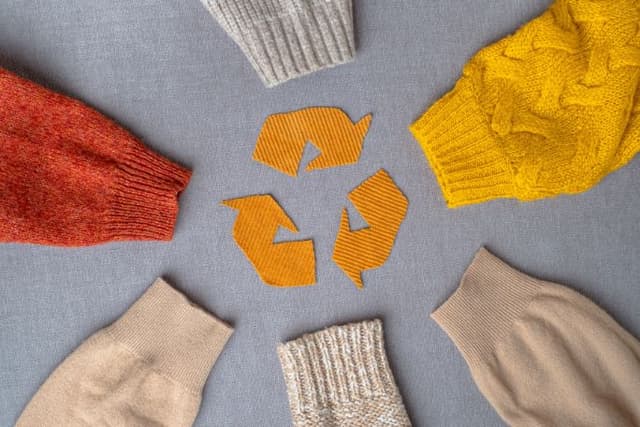
Fast Fashion: Reducing the Impacts
Lesson4 of 5 in this unit
Cool+SecondaryYear 8Humanities and Social SciencesBusiness and EconomicsEnvironmentalRecyclingSustainabilityEconomicIndustry, Innovation and Infrastructure
Summary
Lesson guides and printables
Lesson Plan

Student Worksheet

Circular Economy Info Sheet
